|
During the first day of the facilitation session in To Kwa Wan, I introduced the Circle of Gift Giving to the group. Sitting in a circle, each participant gave a small present to the person seating next to him or her. The ritual required the gift giver to share the source and meaning of the gift to the receiver. As the circle of gift giving enfolded, we shared funny, down to earth and poignant stories behind each gift. One participant forgot to bring a gift and she bought one in To Kwa Wan. Being practical minded, she bought a bottle of WD 40 from a car repair workshop as a gift and hoped it would be useful for the gift receiver. Another female participant gave a movie ticket to the participant next to her. She explained that it was from a movie date but her partner failed to turn up. She ended up leaving the movie theatre holding the unused ticket. A participant gave a small coin, which came from a memorable trip to Taiwan she made with her father, while another gave an old high school exercise book. She shared that the book brought back memories of her school days in Hong Kong after being away for many years.
The participants had to learn from the sociocultural and economic life of To Kwa Wan residents, and come up with interesting ideas to archive the fast disappearing neighborhood over a one-month period. They came from all walks of life and were strangers to each other. Before diving deep into the task, I felt it was important to first form a community of learners through the ritual of gift giving. As Lewis Hyde in The Gift: Creativity and the Artist in the Modern World so eloquently wrote, "...it is not when part of the self is inhibited and restrained, but when part of the self is given away, that community appears.” I was invited by the Make a Difference School in Hong Kong to be a guest facilitator for their 1- month in-situ studio in To Kwa Wan. Over 3 days in August, I gave a public lecture on the concept of Social Archiving and conducted discussions with the participants and local residents on the future of the neighborhood that was slated for re-development. Looking at To Kwa Wan superficially, one sees only the large number of car repair workshops, and would not have imagined a rich and diverse collection of social relations and history. Through my street conversations with the locals, I discovered a resident who played the flute to entertain passerby and gave a very good impression of singing birds. There was a pastry shop that have used the same 40-year old recipe since the day it opened for business, and even a car repair workshop that doubled up as a daycare for the child of a single parent who had to work part-time.
I spent several hours over the weekend listening to longtime Whampoa resident Jessie Tang's stories of her collection of objects. They were neatly and carefully kept in photo albums, boxes, jars and wrapped in old newspapers that showed the passing of time. Besides the smaller objects, she has several beautiful antique furniture left behind by her mother. From the retelling of her love for Chinese opera as a young adult and her collection of old Chinese opera newspapers from Hong Kong from as far back as the 1930s, I came to know of a vibrant Chinese opera scene in Singapore. During that era, Hong Kong opera troupes would often come perform in local theaters to an enthusiastic local crowd. Their impending presences were announced in colorful flyers that Jessie fervently collected as well. Besides performing in operas, the artistes also acted in movies. Alongside the Chinese Opera newspapers, Jessie has an extensive collection of old movie star magazines featuring well-known Hong Kong and Chinese actors in the 1950s. My childhood memories flooded back as I flipped the pages of the magazines. I recognized pictures of Tse Yin, Fung Bo Bo and Sek Kin, to name a few, who were in the prime of their careers at that time. Our conversation took place in different parts of her home, and transitioned from one collection to another, such as her mother’s Singer sewing machine that included accessories and a receipt dated 1936; her old Scholar’s game made from animal bones; her extensive collection of Chinese red packets; her collection of paper cranes she made, and her one and only porcelain model of the old C.K. Tang building. Jessie worked in C.K Tang since the day it opened for business till her retirement in 2008. With each collection, a new insight into the life of this incredible lady was revealed.
In the Thousand and One Nights, Scheherazade avoided her death by telling an endless chain of folktales to King Shahryar each night. Her stories prevented the King from ordering her execution at the dawn of each day as he was mesmerized by the unbroken web of folktales. I felt the same when I was in Jessie’s flat- an intriguing and fascinating place where in the course of 30 years, it evolved into a Living Museum housing her rich and assorted collections. Her weaving of everyday life, memories, personal stories, histories and cherished objects left me enthralled and desiring for more. Retrieved from: http://archnet.org/system/publications/contents/4765/original/DPC1477.pdf?1384786653
The invitation from the Aformal Academy to teach a class during the Bi-City Biennale of Urbanism/Architecture in Shenzhen, China was a pleasant surprise and a serendipitous meeting of distant minds. I have just written a proposal for a fictitious design school that aimed to reimagine the current institutionalized structure and organization of the architecture and design education. The proposal was motivated by my desire to search for an alternative design pedagogy less organized around the long cherished model of a design studio housed in a school and be more engaged in a peripatetic experience situated within multiple locales in the city. The biennale in Shenzhen offered a wonderful opportunity to undertake such a pedagogical experiment. Titled, Relearning, the Biennale hopes to question the basic assumptions of the architectural artifact, design of cities and by extension their impacts on our everyday lives.
Much has been written about the meteoric rise of Shenzhen from a quiet fishing village to a modern metropolis after it was decreed by the late premier Deng Xiaoping as a Special Economic Zone. The multitudes of social, cultural, economical and environmental challenges that accompany such an accelerated urbanization process are also well documented. What more can we learn from Shenzhen? And who else can we learn from besides the mélange of professionals, experts, city officials, thinkers and observers of Chinese cities? In the spirit of RElearning, RE not in the Greek god Sisyphus’s sense of repetitive actions condemned to eternal futility, but one that could refresh and redirect our learning of Shenzhen. The Shenzhen Flash Cards Project carries such an aspiration. The RElearning happens at street-level and from the local residents through the process of crowd sourcing a Chinese character or字that best exemplifies the city at this particular point in time. The hand written character will be recorded on a flash card and the process repeated. The final collection of flash cards will consist of the accumulated handwritten cards over time. As a system of pictograms and ideograms, the Chinese language is most suited to this pedagogical experiment. The compositional meanings inherent in a Chinese character and its combinatory possibilities expand on what could first be perceived as a limited and narrow beginning. Like the use of flash cards to learn a new language, the city flash cards will hopefully offer multiple, drifting, colliding, commingling and shifting meanings of Shenzhen shaped by the forces of urbanization and globalization. The RElearning of the city through the Shenzhen Flash Cards Project does not proceed from a fully formed theory or will the eventual understanding be systematic, complete and unified. Rather the learner needs to interpret and filter a palimpsest of dreams, desires, fears and memories, which defies neat categorization and are ultimately fragmentary. In a sense, this is how a city appears to us and is experienced. It is conceived that the flash cards will have educational, economic and cultural afterlives beyond the Biennale. It could be used by schoolteachers to cultivate awareness among Shenzhen students the manifold values and perceptions of a diverse group of city dwellers. It could be sold as a memento in a gift shop, which offers visitors to Shenzhen something beyond a packaged touristic experience. It could also be housed in the library as an archival material for future learning and reference. Or it could simply remain on the shelf of an academic, tucked among an assortment of books, papers and other personal objects, to be rediscovered only after several years have passed. A selection of field notes taken during my multi-year research on the lives of urban dwellers living along the margins of society in Asian cities.
My recent work revolves around the term Lesser Urbanism. It is inspired by William Morris’s 1882 essay The Lesser Arts of Life. Lesser Urbanism curates, examines and presents aspects of urban life in high dense cities that are overlooked or ignored. Their presences are often negotiated, contested, and sustained along the margins of society. Although urban development is progressing at a relentless pace in Asia, I find there are still the vestiges of traditional rituals and local customs subsisting alongside and in quiet resistance against the process of globalization and gentrification. To disclose and celebrate these local cultures and alternative spatial practices where resourcefulness, creativity and sociability are called upon to overcome unfavorable situations and material scarcity is imperative in Asia, as more and more vernacular knowledge and places are erased and forgotten. My on-going research project on the Wah Fu informal public space in Hong Kong is one such effort. (http://www.studiochronotope.com/informal-religious-shrines-curating-community-assets-in-hong-kong-and-singapore.html). My interest in Lesser Urbanism transpires through a slow, deliberative journey reaching back to my early graduate work at Cranbrook, where I was concerned with the rules of forming and how elemental forms circumscribe space and propagates an emergent order through a bottom-up process of placement, aggregation, extension and configuration. In Lesser Urbanism, I am equally keen to articulate forms of individual and collective judgment and governance, both tacit and stated, as well as social conditions that give rise to, scale out and sustain localized spatial organizations. They herald a novel urban experience, alternative strategies of configuring spaces and make visible a vernacular poetics that are more representative of our contemporary splintered and tangled lives heightened by increasing contingency, scarcity and entropy. Sunlight filters through the door
Sunlight lights up the inside of the door The sun is captured by the door Each day starts with an opened door The door leaks in the light The door locks in the light The door is illuminated There is a ray of light in every door The door protects each day The door lets in the day The door lets in the sun The light is in the middle of the door Consciousness is a matter of the heart One needs to be attentive to feel the light A standing person who lets the light into his heart One needs to be attentive and has heart One feels each day with attention Standing above the light, one feels with the heart Standing above the light, one's heart is illuminated Standing attentive each day to reach illumination Standing each day is good for the heart An attentive heart feels the light An attentive heart lets the light in An attentive heart is led by the light The light opens up the attentive heart One needs to be attentive to what the heart feels Light illuminates the attentive heart Light fills an attentive heart Light bridges attention and heart The heart illuminates those who stand When walking around Hong Kong, one can still find the presence of the 地主神 or Landlord Spirit altar at the lower corner of many shop fronts. The 地主神 is there to bring business and good fortune to the shop owner. Although the original 地主神 altar has two lines of inscriptions that declare the protection of the owner’s wellbeing and to bring more businesses, recent ones are simply reduced to a single line that says門口土地 財神 or Fortune Earth God At The Front Of The Door. Some 地主神are well kept and there are special niches designed to house the altars. There are others that are simply placed in front of the shop corners. A few 地主神 were seen sharing the altar space with a neighboring 地主神, with the Sky God or are squeezed among other objects outside the shop. And there are those that needed a bit of cleaning while a few have fled the shop front when the shop owner relocated to another place or the shop closed down due to poor business. Perhaps the ability of the 地主神 to bring new businesses varies or because the shop owner did not take good care of the altar. Either way, the empty niche and the remnants of what used to be the abode of the 地主神 conveys a poignant picture. With the help of a social worker from the Salvation Army, I managed to interview a group of homeless residents who made the Cultural Center in Hong Kong their shelter for the night. " You can make a shirt hangar by using a twig. The gaps between the tiles are big enough to slot them into the space. But you need to use a fresh one and some efforts are needed to bend it to form a hook." "I use the old program pamphlets from the Cultural Center and spread them carefully over the floor. Important to have at least 2 layers to prevent the cold from seeping through. I overlap the pamphlets to make sure my 'mattress' is not scattered all over during the night. Don't worry, the pamphlets are for events that have already passed and we make sure they are disposed off in the morning. We don't want trouble from the authorities. We are also doing the earth a favor too by recycling these pamphlets!" "The columns of the Cultural Center are excellent for us. We can slide in-between the two columns and the angled floor is like pillow. I wonder if the architect thought of us when he designed the center?"
"If I'm in a hurry, I'll just take a medium size cardboard and slide my body inside. It's like a blanket. I'll sleep in-between the columns to get some protection from the wind. Most important of all is to protect your chest! I interviewed some Hong Kong residents who spent the night at McDonald's. They were an interesting group of individuals who, by choice or circumstance could be found in the 24-hr fast food restaurant for different lengths of time.
" I don't have a home. I usually spend my nights in the internet cafe if I get paid. There I can surf the web, chat online and eat noodles very cheaply. If I'm broke, it'll be the park or McDonalds." "I come here every night. It's cleaner and safer. I even see women sleeping here! And it's definitely warmer during the winter months." "Here I can get a cup of water from the counter staff. Some are nice as they know we have no money. But I also try not to create trouble." 'Why McDonald's? The use of the toilet of course. It's convenient especially for me. And I can also wash up in the morning" "I'm not here every night. I can't sleep so came here to get something to eat and read the newspaper." "Some staff can be quite mean. They will deliberately switched on the lights at the corner of the restaurant even though no one is around or they will put up some barrier to prevent us from using the space." "You need to know how to sleep here. If you lay your head on the table, they will come wake you up. So you try to sleep upright. Not easy but you get used to it." "I have a few McDonalds around the neighborhood where I go to each week. I try not to stay in the same restaurant every night because they may not like it. So I'll rotate my stay and so far it has been OK." "I just finished work, so came here for some food before going home. Yes, I see many who seem to be using this place to sleep. I'm fine as long as they are considerate. It's empty anyway." Interview with Junko Abe of Beppu Project, a not for profit arts organization 1. How successful was the studio in bringing community together? As a result of the GFRY RE: studio, the community has started to open the market every week with their neighbors. They have a reason to get together and talk about their visions, which were activated by your student works and presentations. Your studio has given a lot of energy and hope to community of elderly. Now, they are reactivating their neighborhood by themselves. 2. Do you feel it is important to have these international design events? Yes!!!!!!!! Although in the beginning, we had no idea what students were doing but little by little with curiosity and dialogue, we built up the relationship and awareness. During the March presentation in Beppu, we realized it was very important to have the opportunity to pause and think about the role of design in a community. In Japanese we say DEZAIN. We do not have a Japanese word for design. Some people think design is for only young generation's latest fashion. Some people think that it is only work on a computer; something you have to renew all the time and have to deny the past in order to sell something to make money. In other words, design that is based on a business or for marketing purpose. If you don't belong to any design industry, you probably will never think about design. Now we have a little movement in the design field in Japan. DEZAIN started to have its own word 「意匠」. Now designers are starting to use this word to express themselves. It means "the maestro who delivers, moderate, modify and facilitate.... the consciousness, such as the consciousness of human-being, the consciousness of the society, the consciousness of nature....the consciousness of the history....the consciousness of community. I feel the 21st Centry is not only about seeking an individual’s or one nation's benefit through the design, nor to compete in the vast scale of building such as super high skyscrapers.....Instead, we need to seek an international, global consciousness to create a better future. The Motorola supported GFRY studio, RE had helped to evoke discussions and reflections on life, community, society in so many ways. I feel Design has very important meanings now. I believe it is very much necessary to have these international design events for the next generation in Beppu and for the future of the global community 3. What was most memorable for you? They have planted the seeds of SMILE, which was one of your student projects. It is growing in our community!!!! We have a BIG SMILE on our face!!!!! Beppu Tane is a collaborative project comprising of citizens of Korea, Japan and Indonesia. Led by Whang Ye-Eun and Yang Wonbin, the project is conceived as an on-site installation where residents of Beppu, Japan can come share their stories and aspirations for the city, and as the seed to empower them to imagine new possibilities for the city, which is facing economical and social challenges. Central to the project is the documentation of the many smiles of this city and the opportunity for the residents to wear them as T-shirts. Instead of feeling helpless and depressed, the residents are encouraged to smile for the city and tell the project team one inspiring personal story or of the city. Through nearly two weeks of fieldwork, documentation and engagement with the local residents, the team gathered and produced hundreds of smiles that were printed on T-shirts and ideas for the revitalization of the city from the residents and visitors. Instead of assuming the traditional top-down, deterministic attitudes that many architects and designers have when designing for communities, Beppu Tane offers a more inclusive, participatory and bottom-up movement of inspiring local residents to be their own caretakers and changemakers.
The project is a joint winner in the 2010, Let’s Not Talk About Architecture competition organized by mAAN*Y Singapore. Project team: Whang Ye-Eun (Korea), Yang Wonbin (Korea), Sono Miyakawa (Japan), Tatsu (Japan), Lydia Jaffar (Indonesia) Project advisors: Thomas Kong and Kenta Kishi |
Archives
August 2023
Categories
All
|

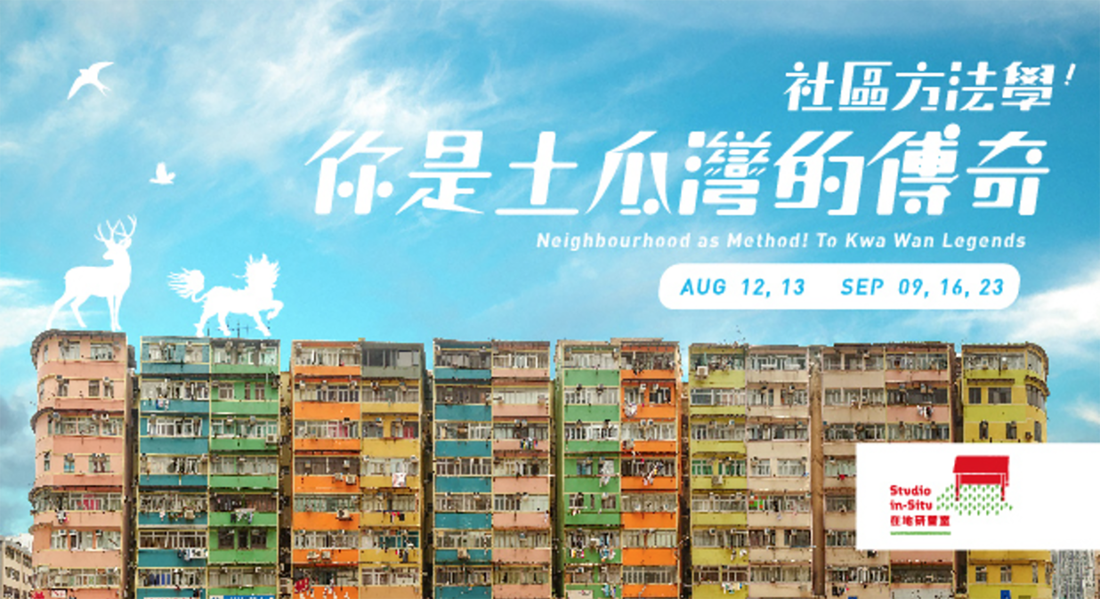
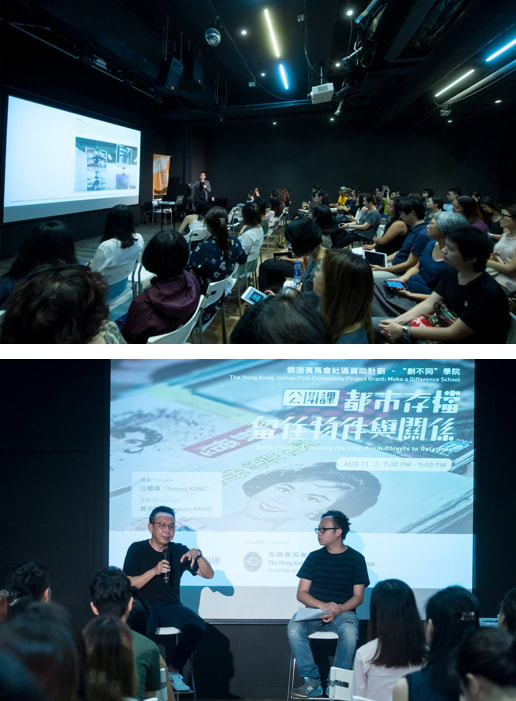
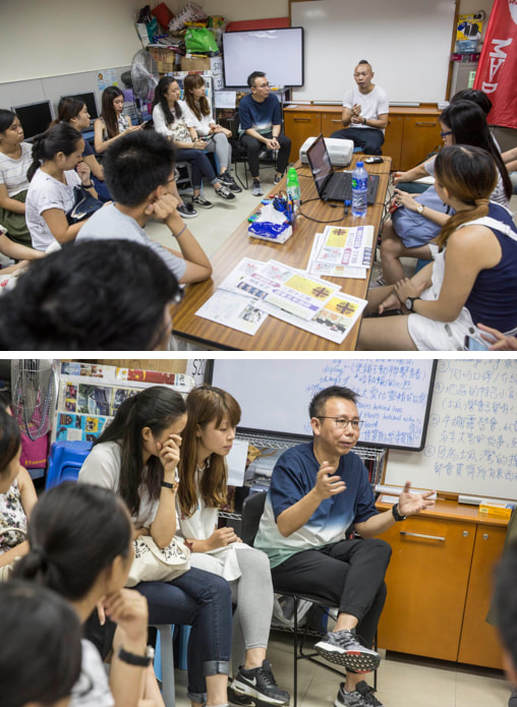

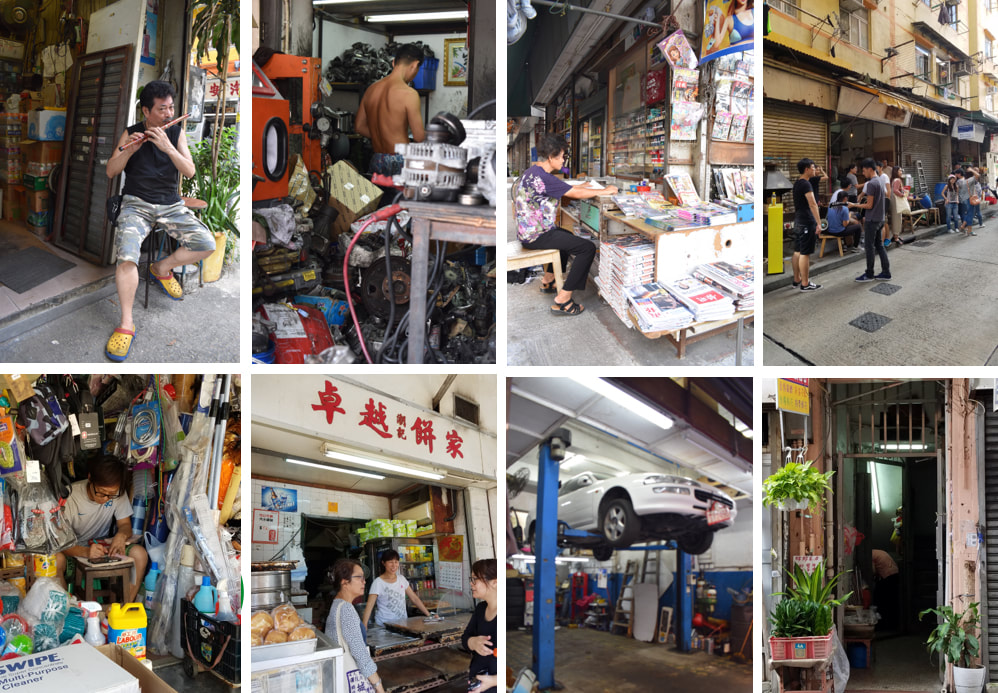

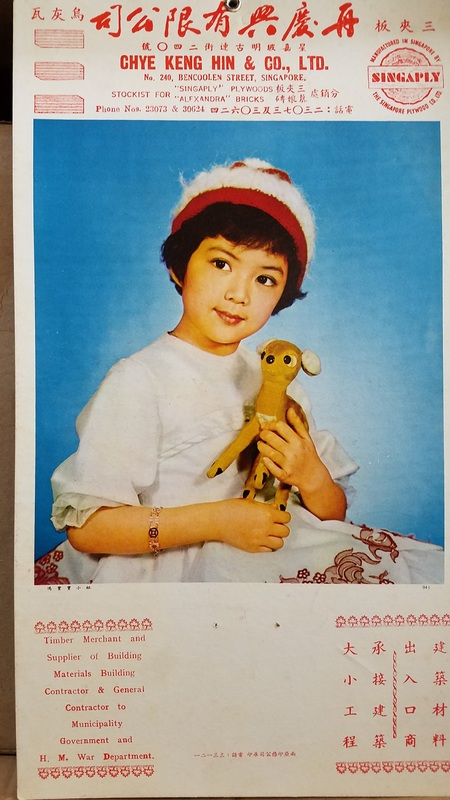
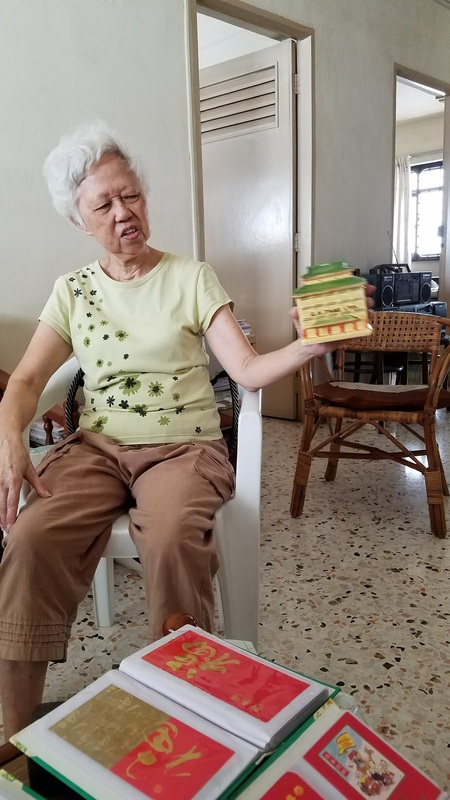


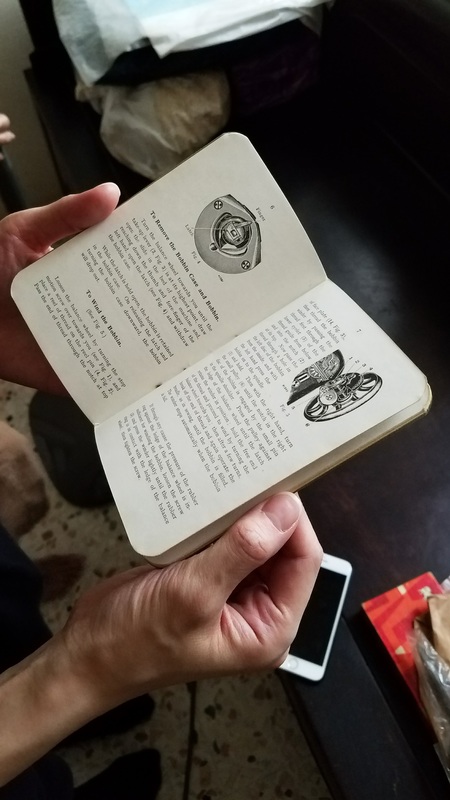
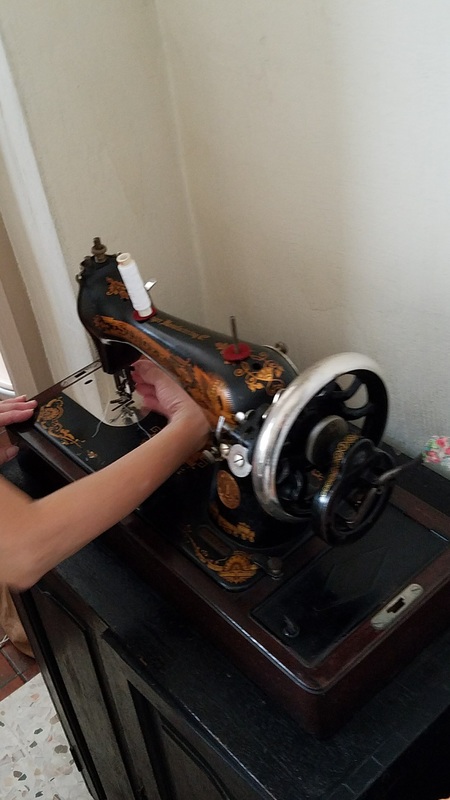
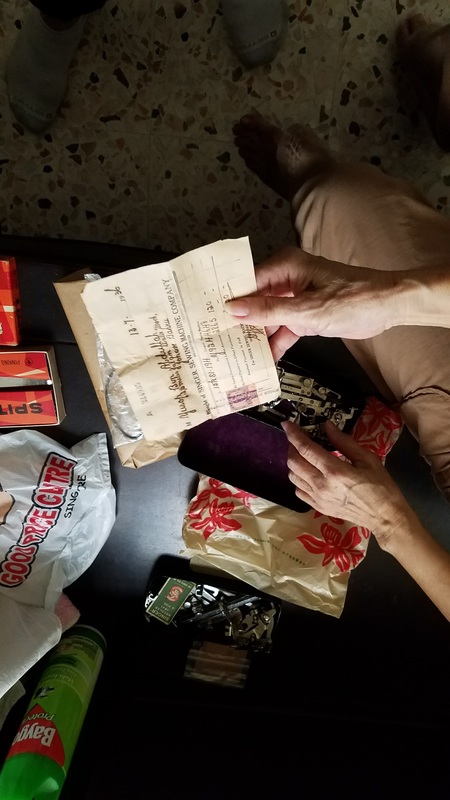

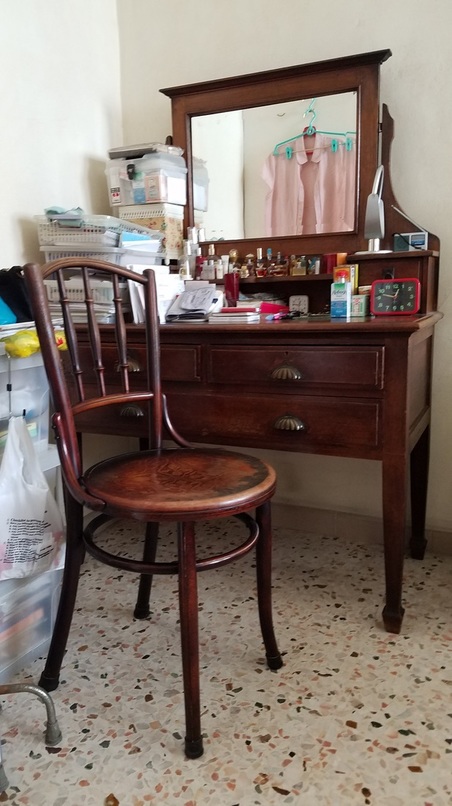

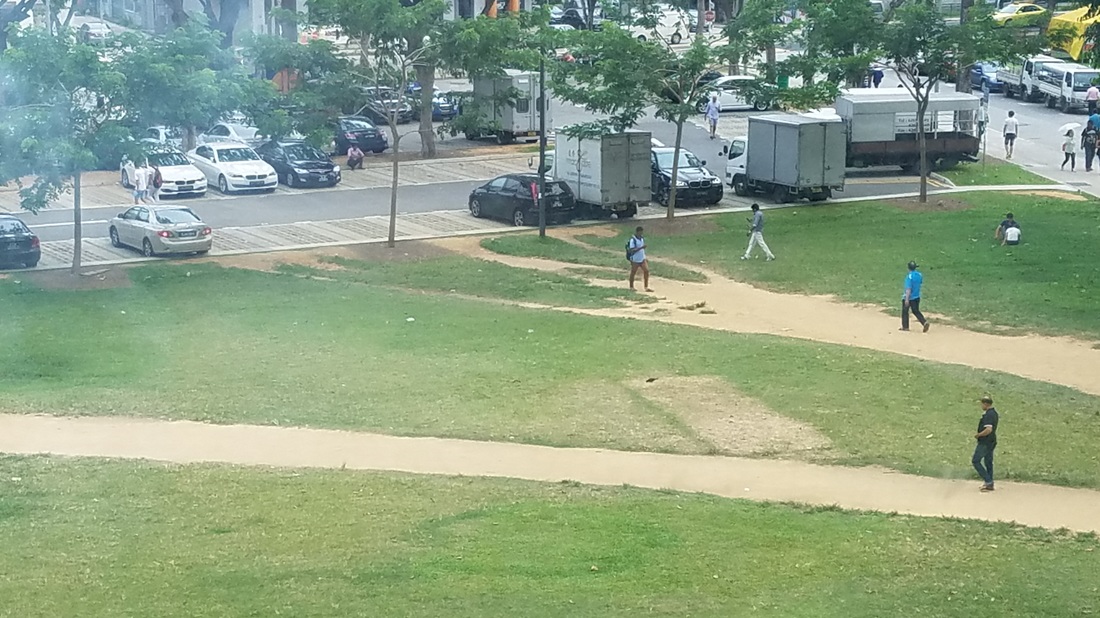
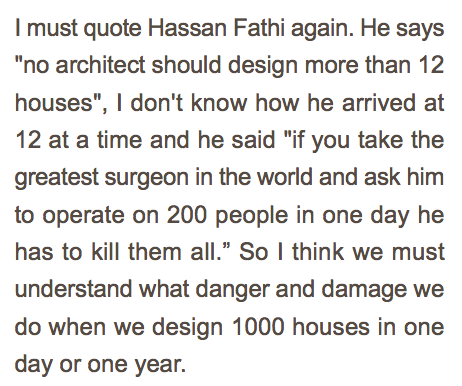

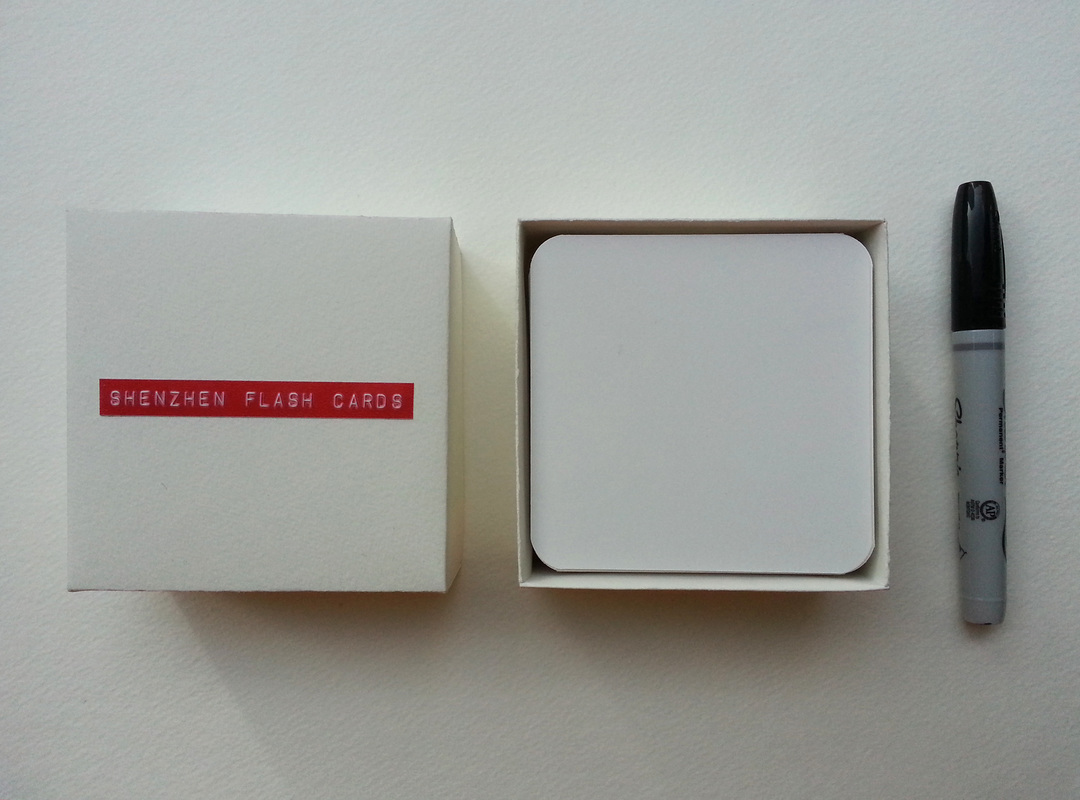




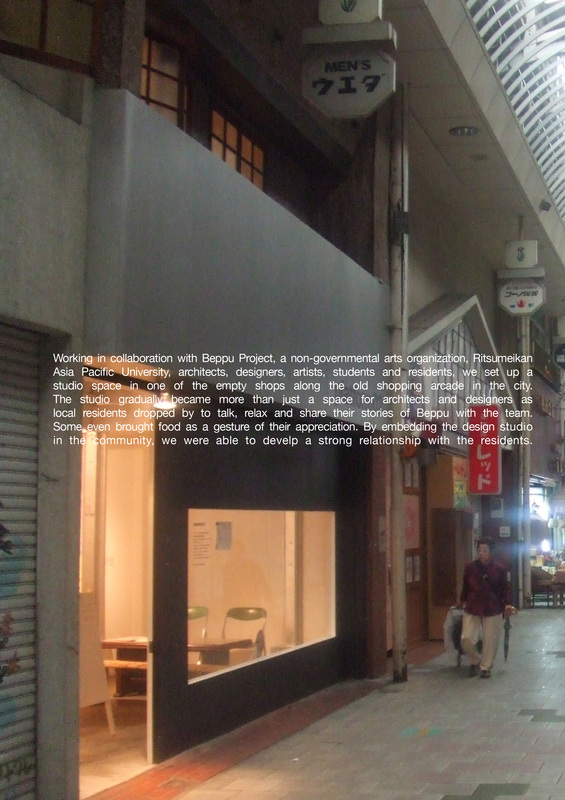
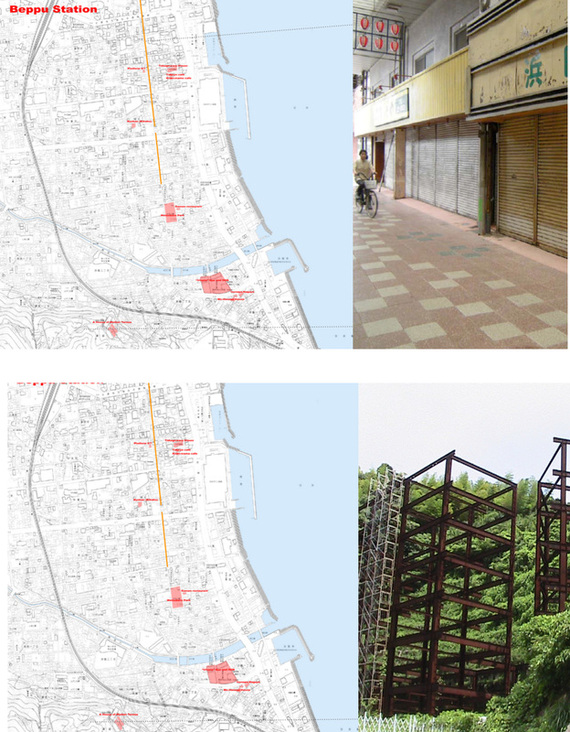
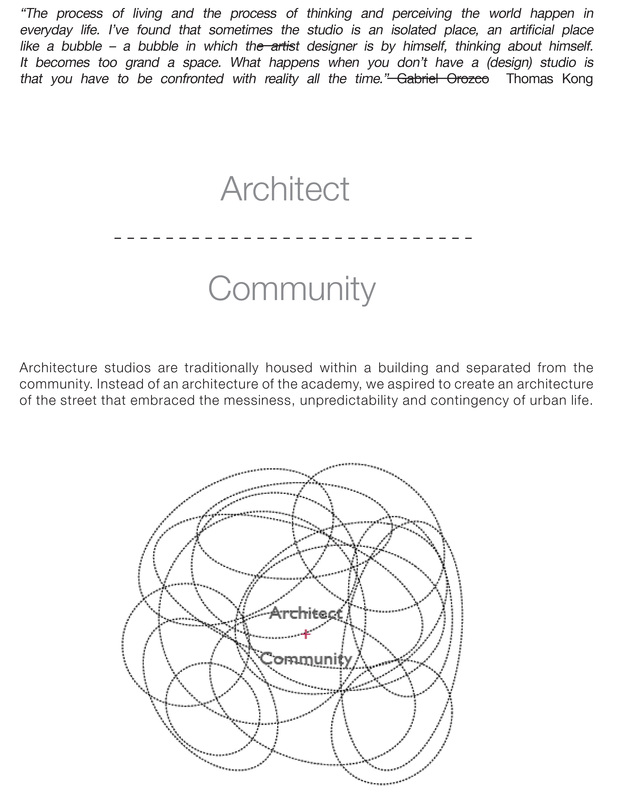



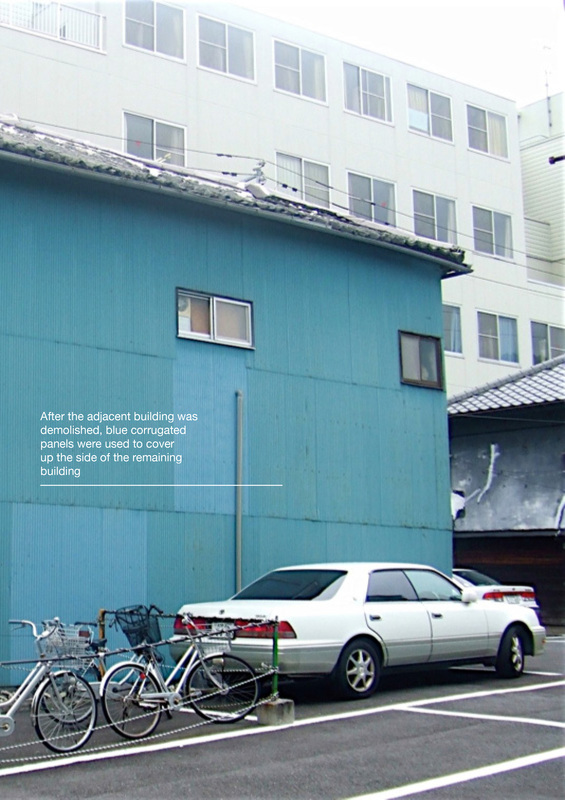

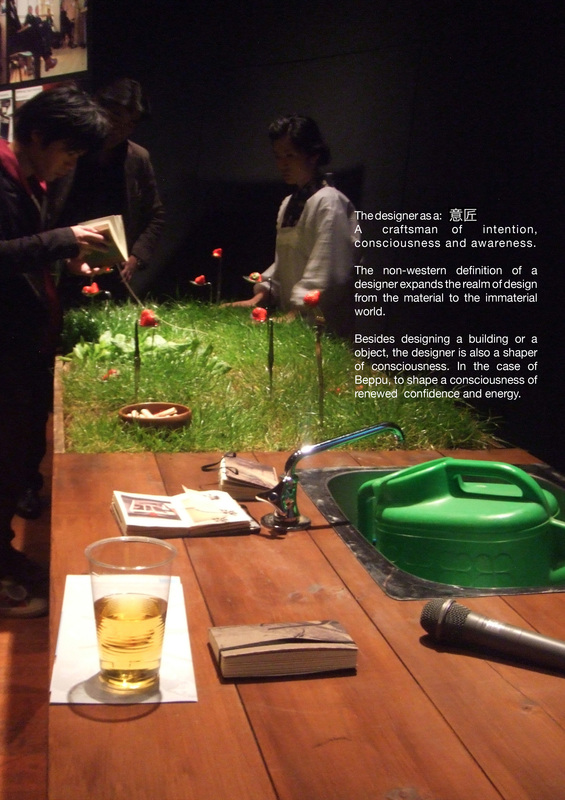




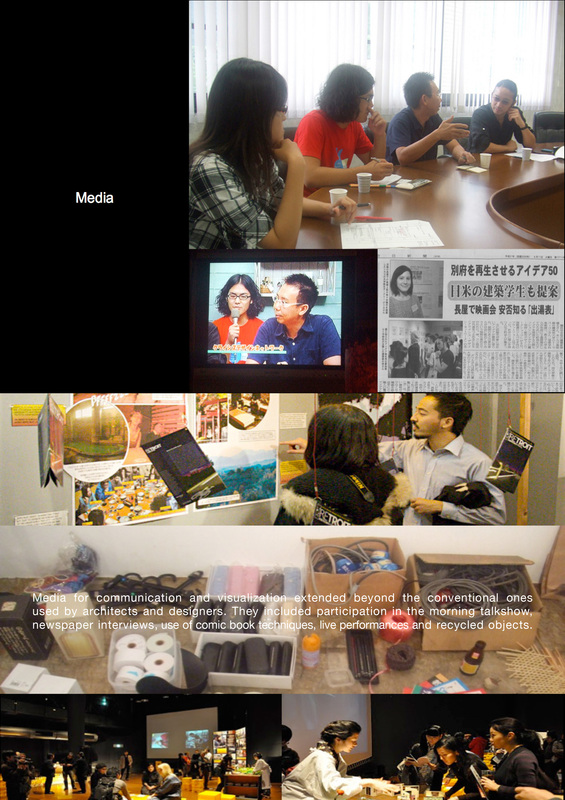






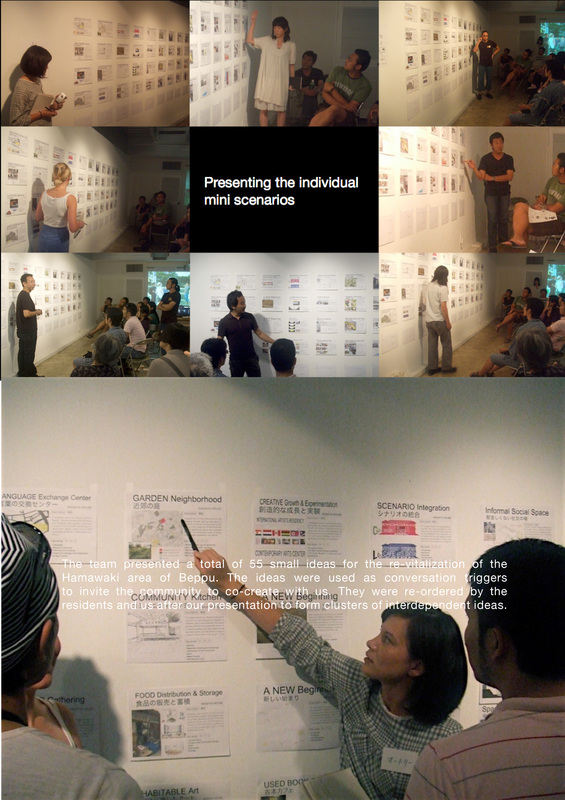
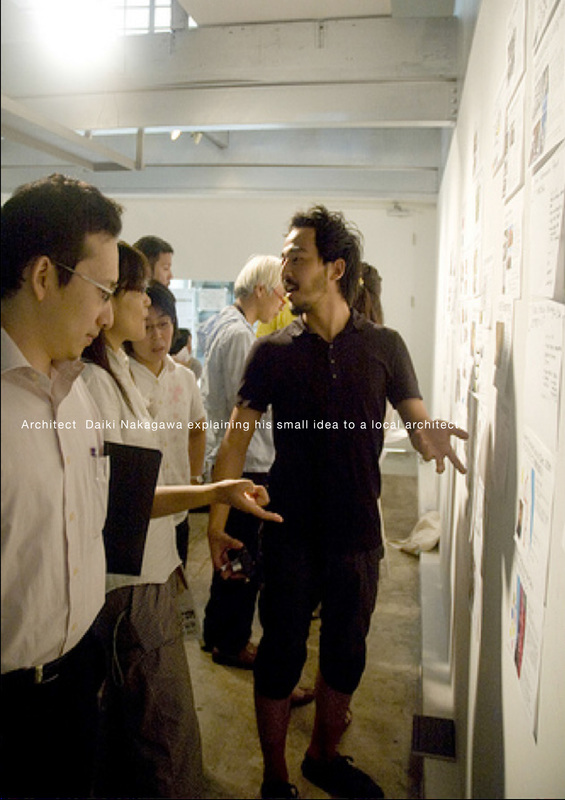
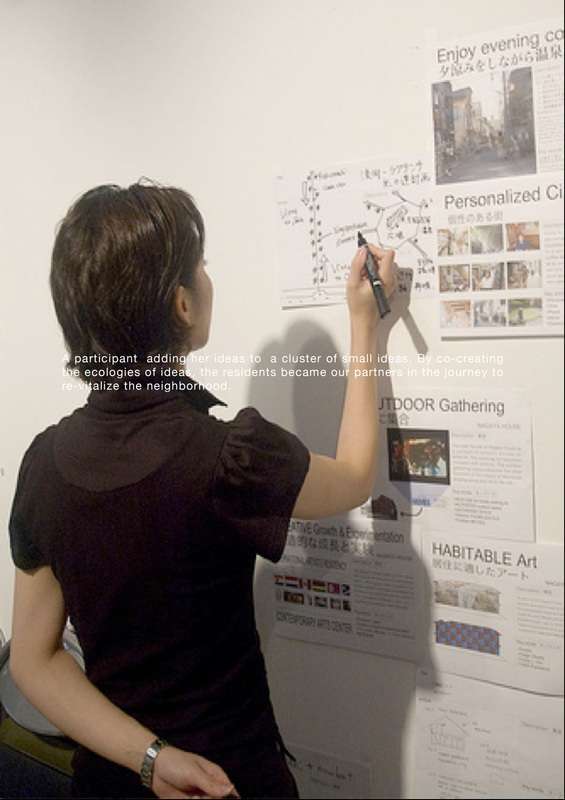

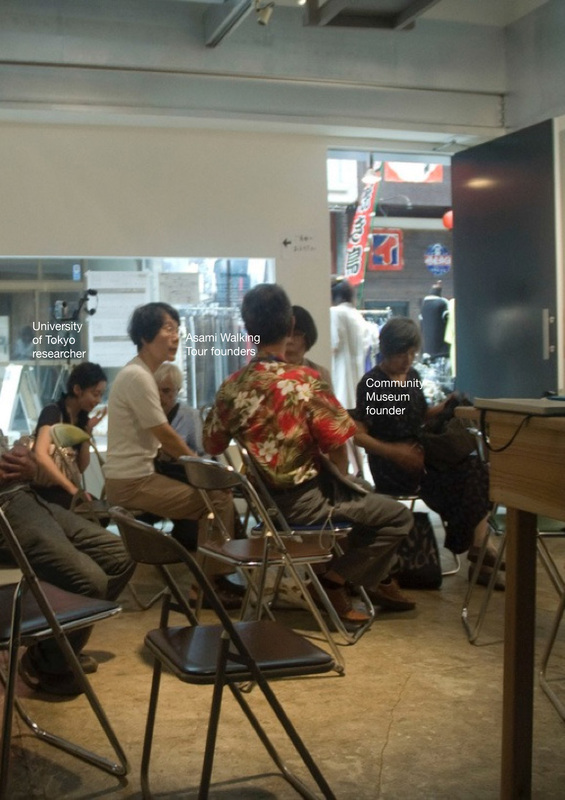



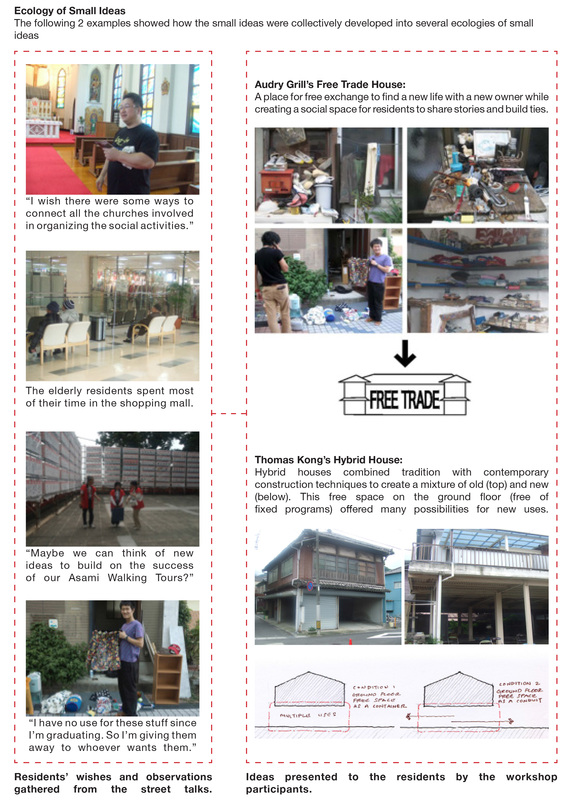
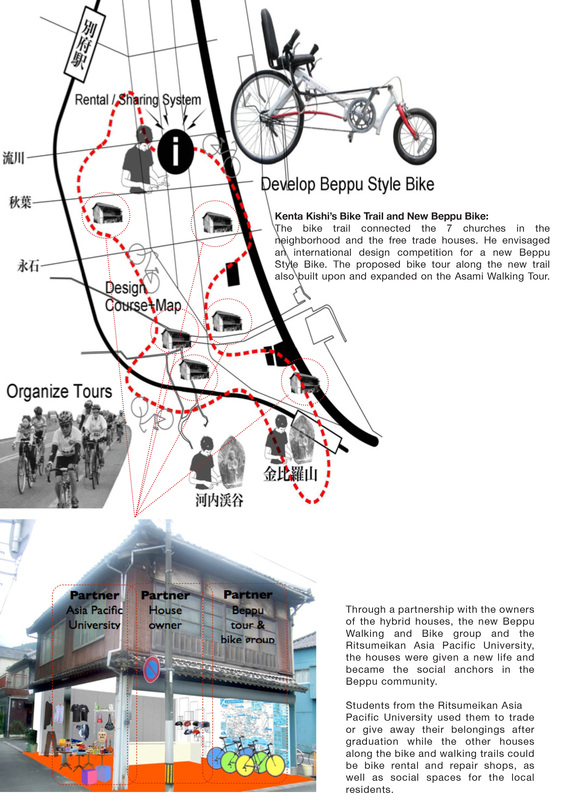



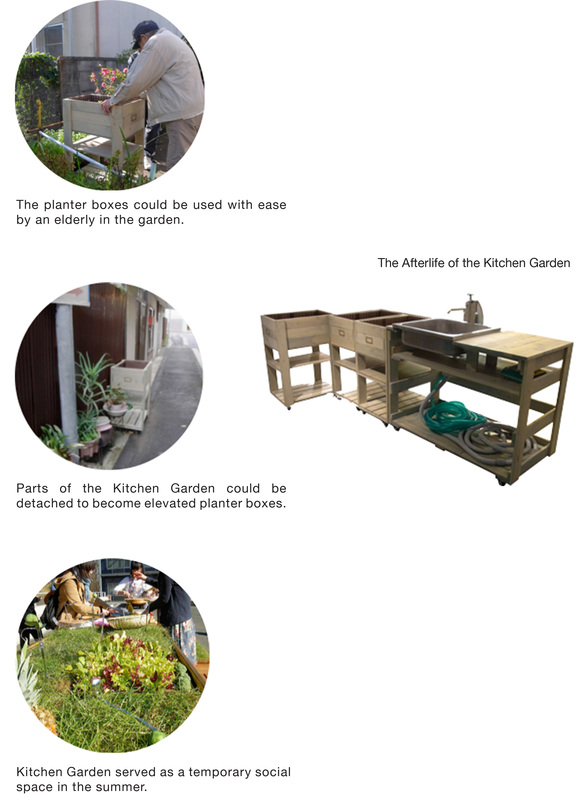


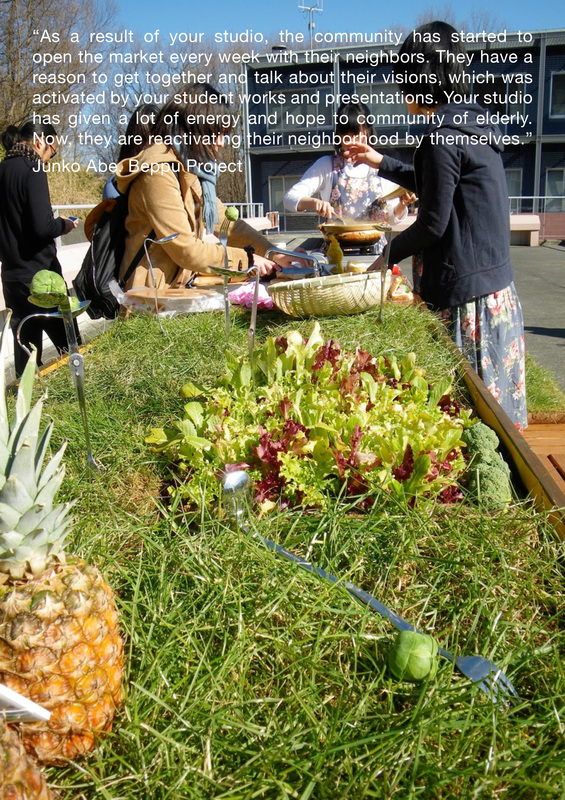

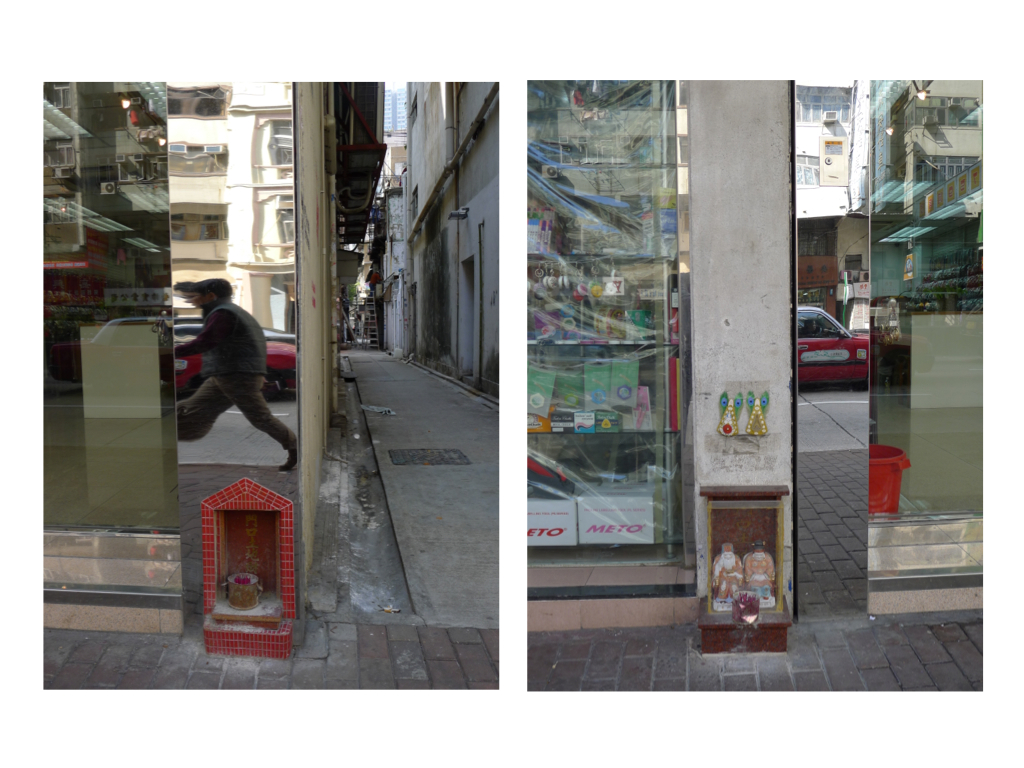

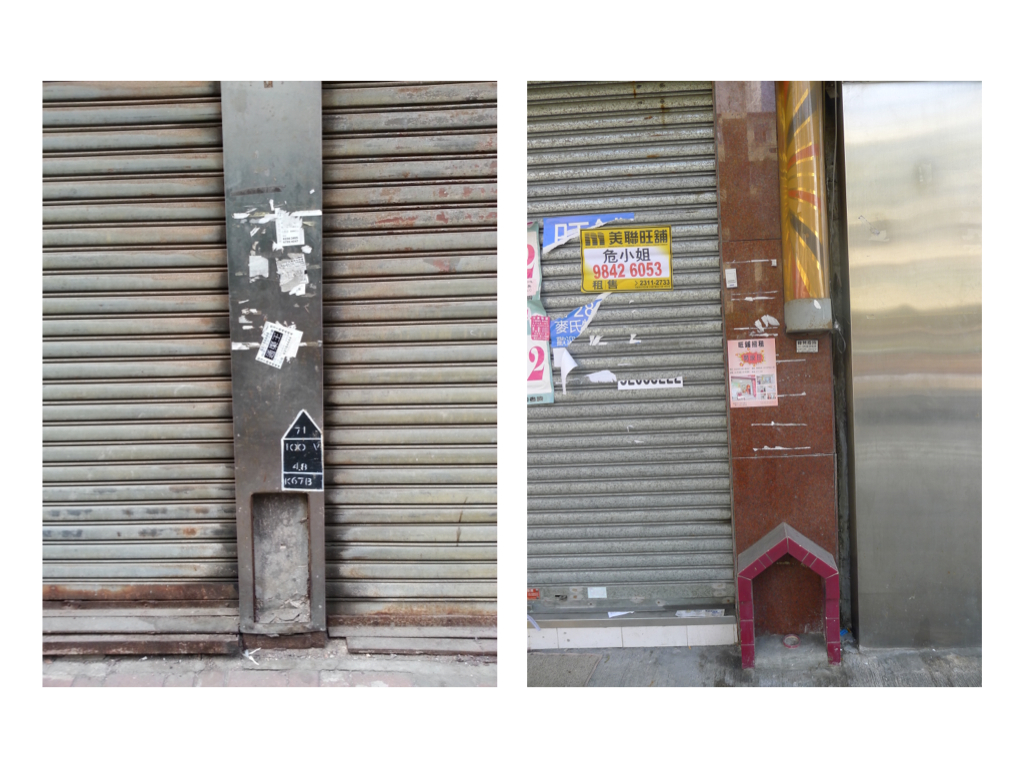
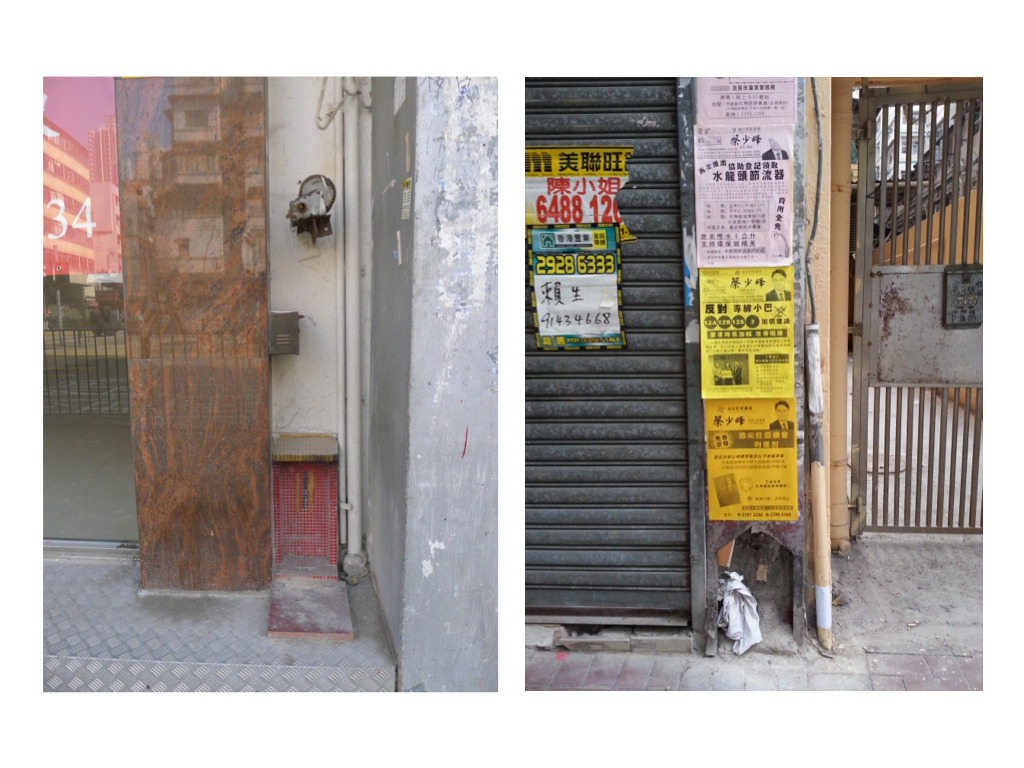


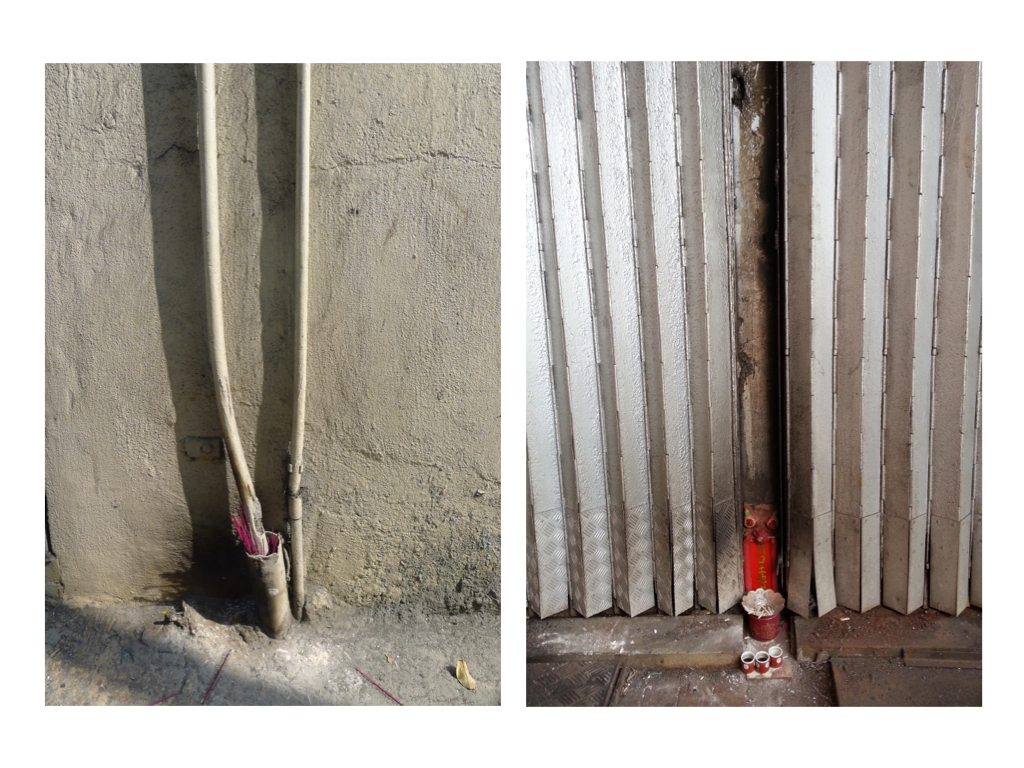
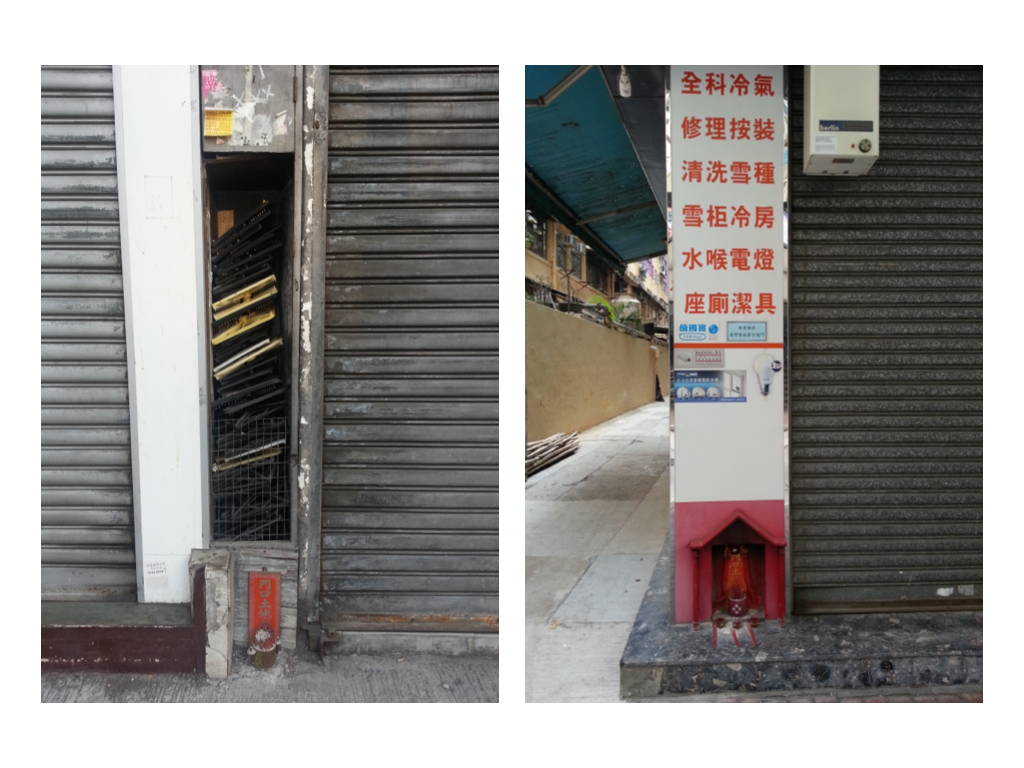

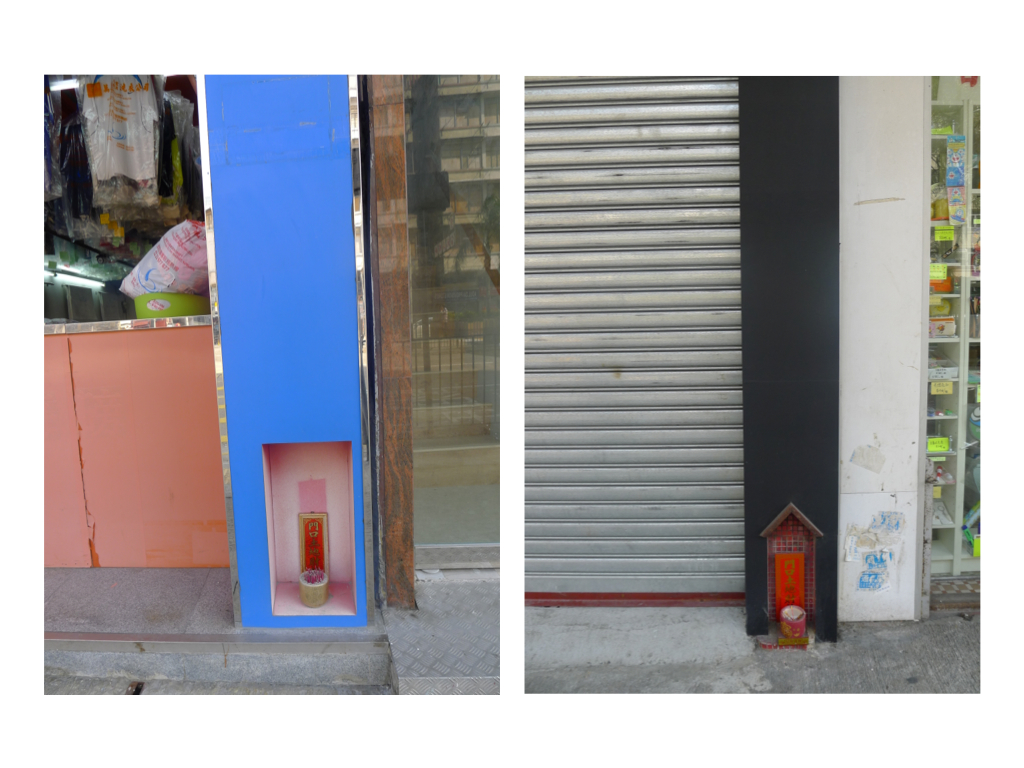


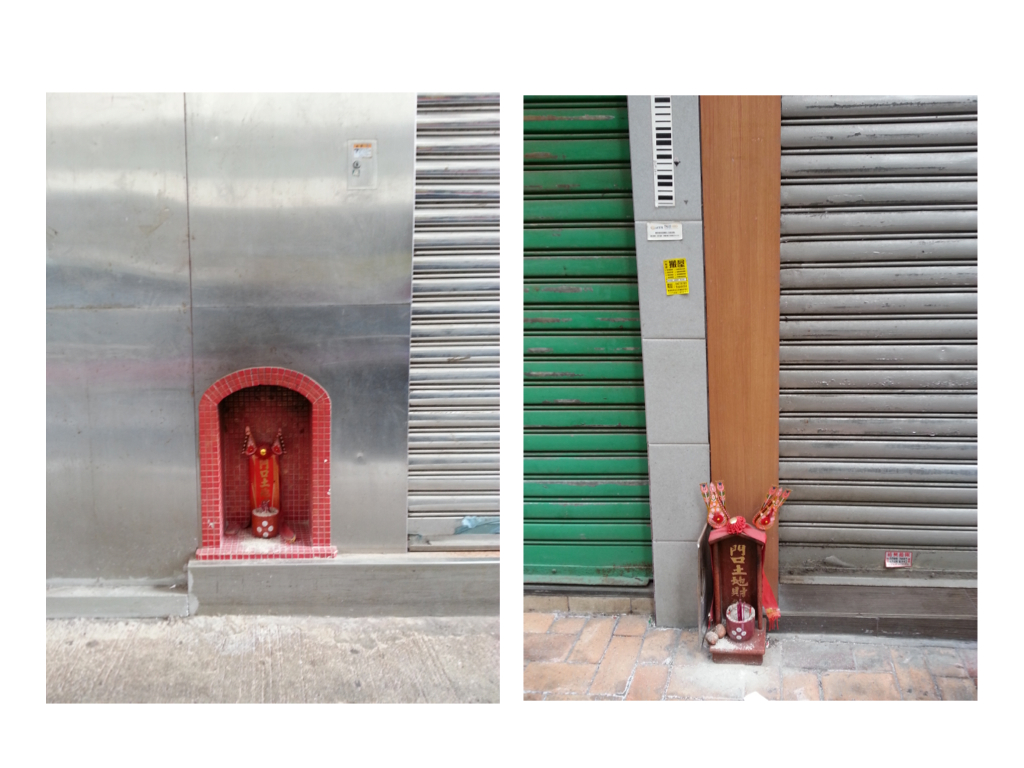
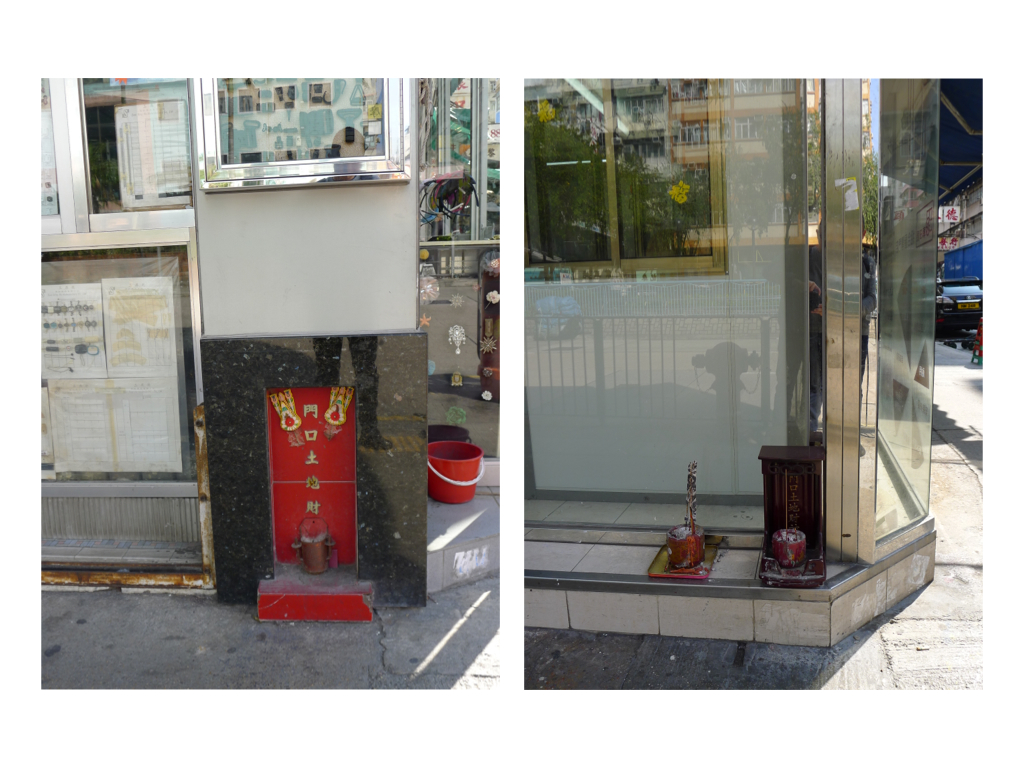

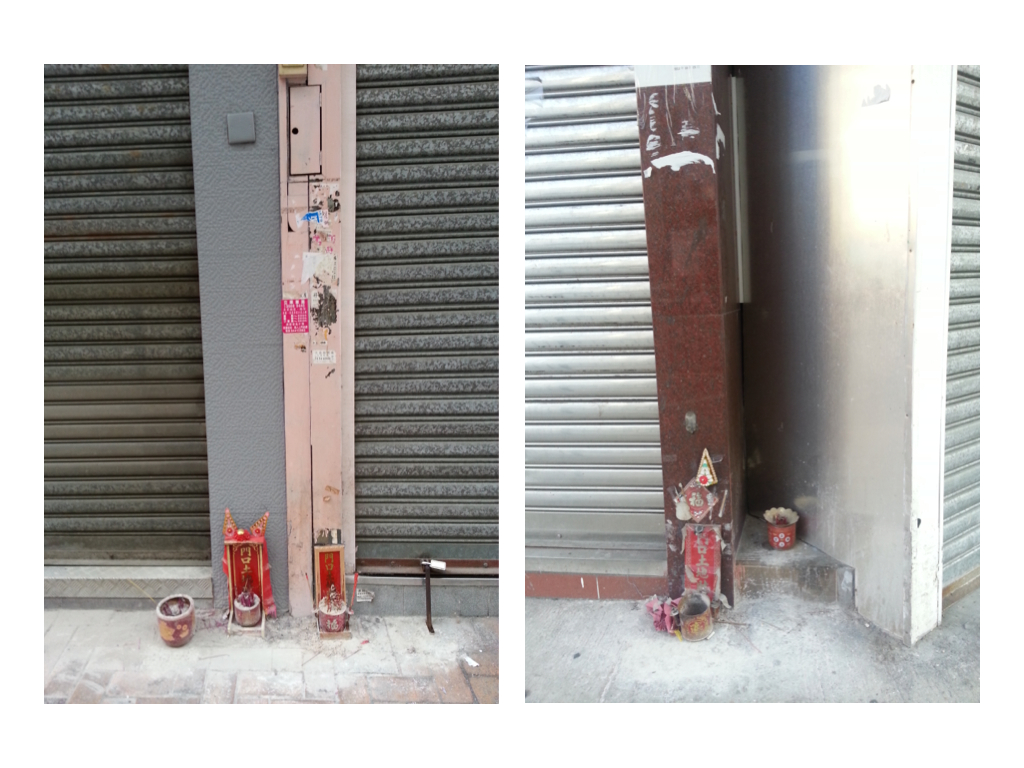
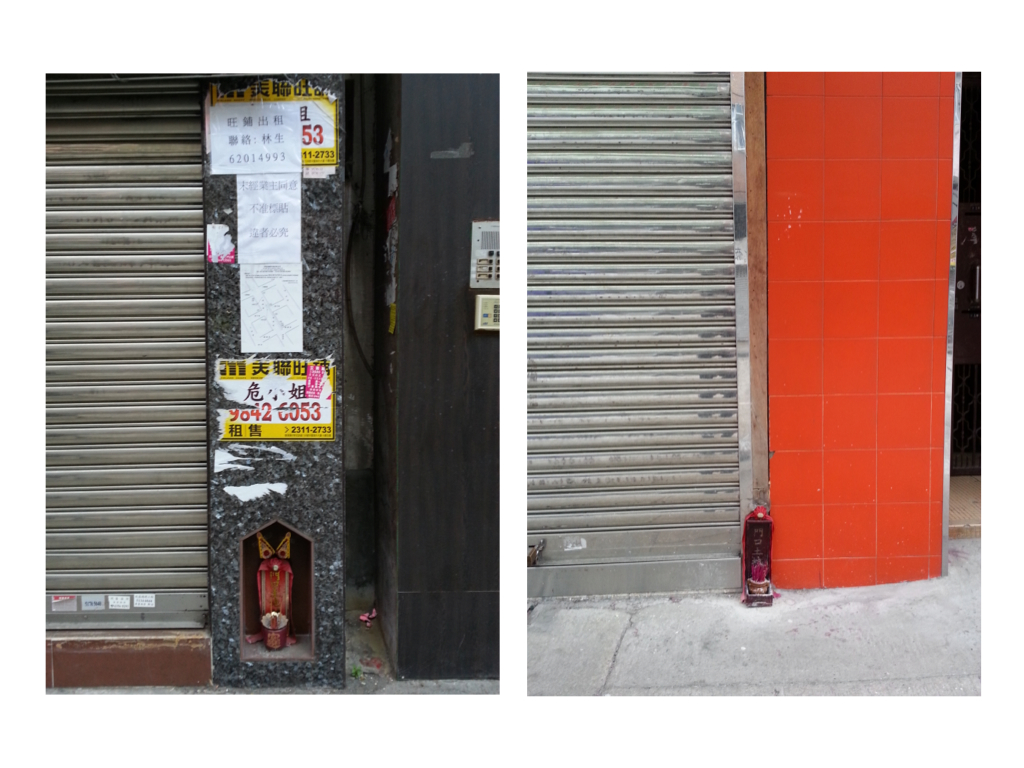
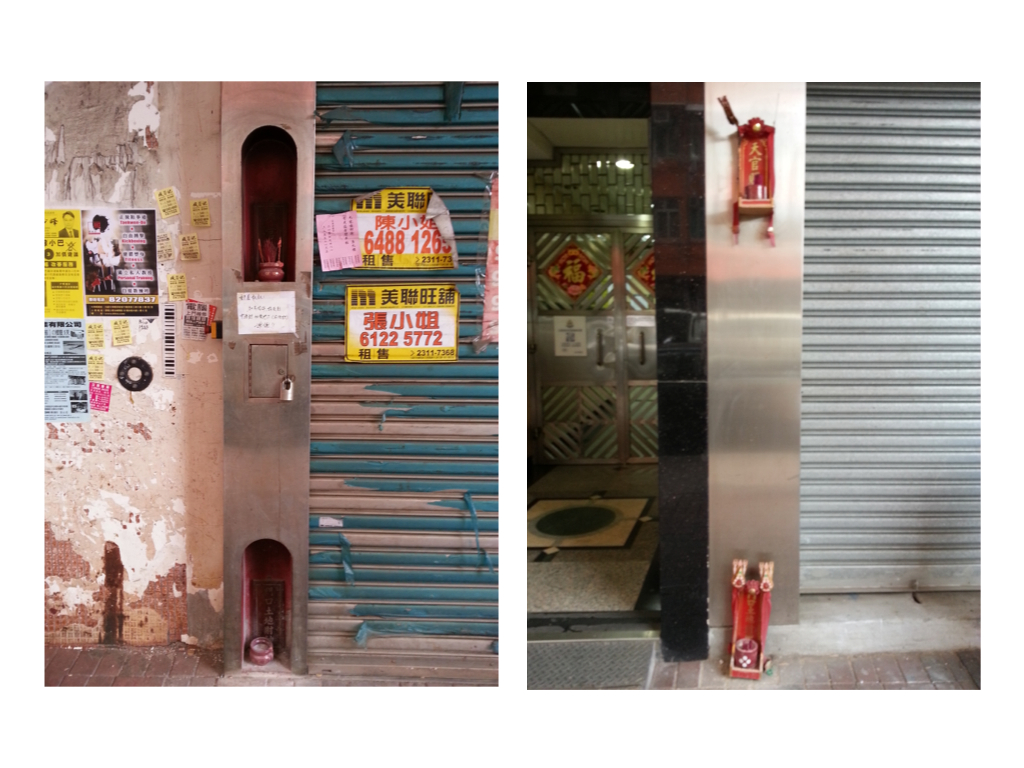


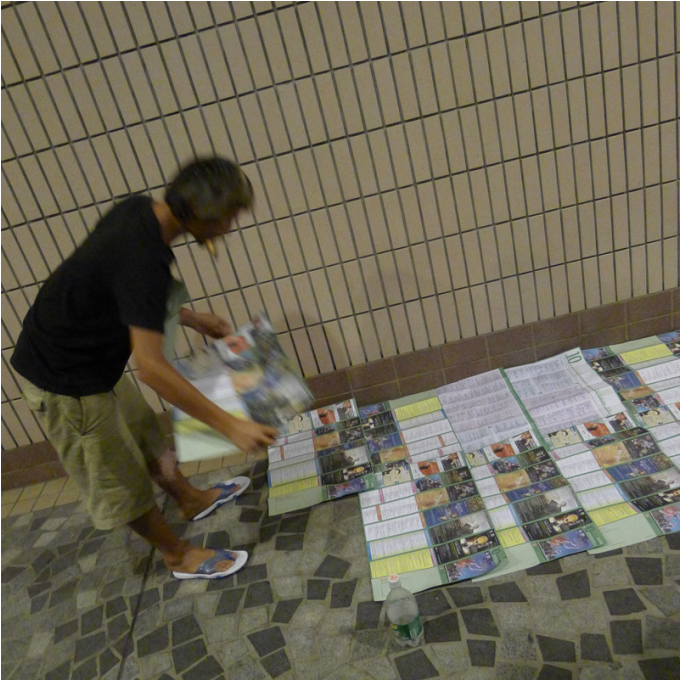
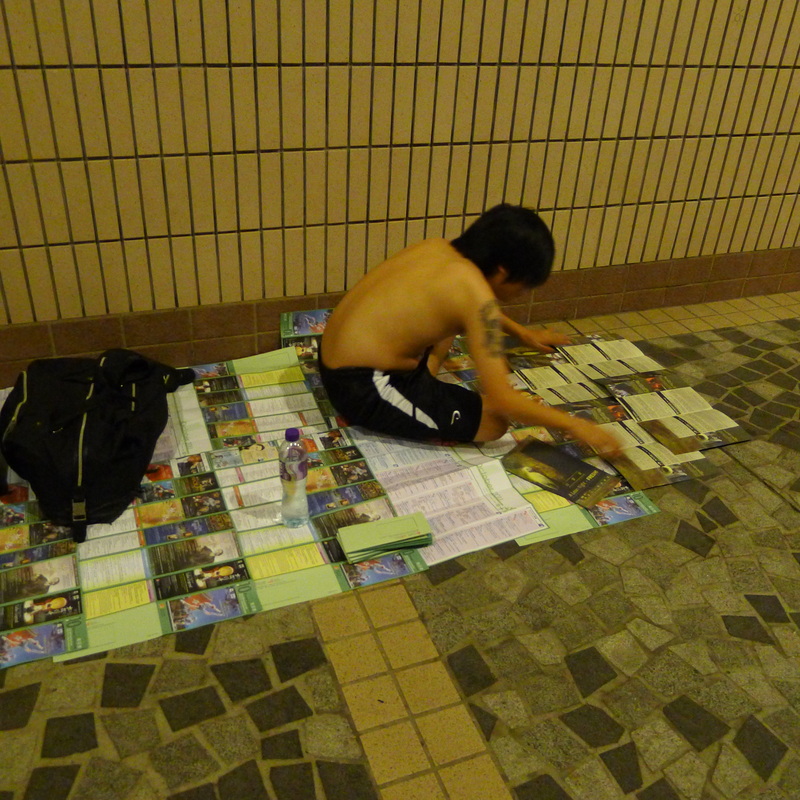
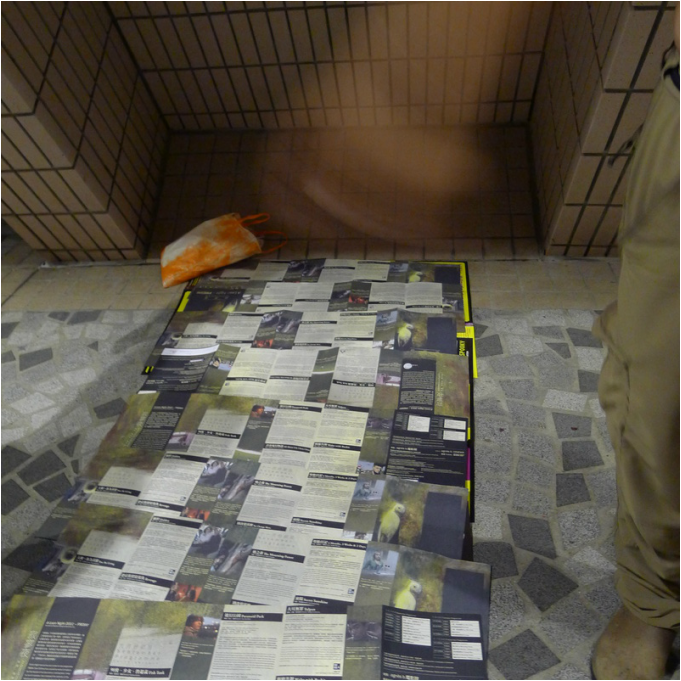





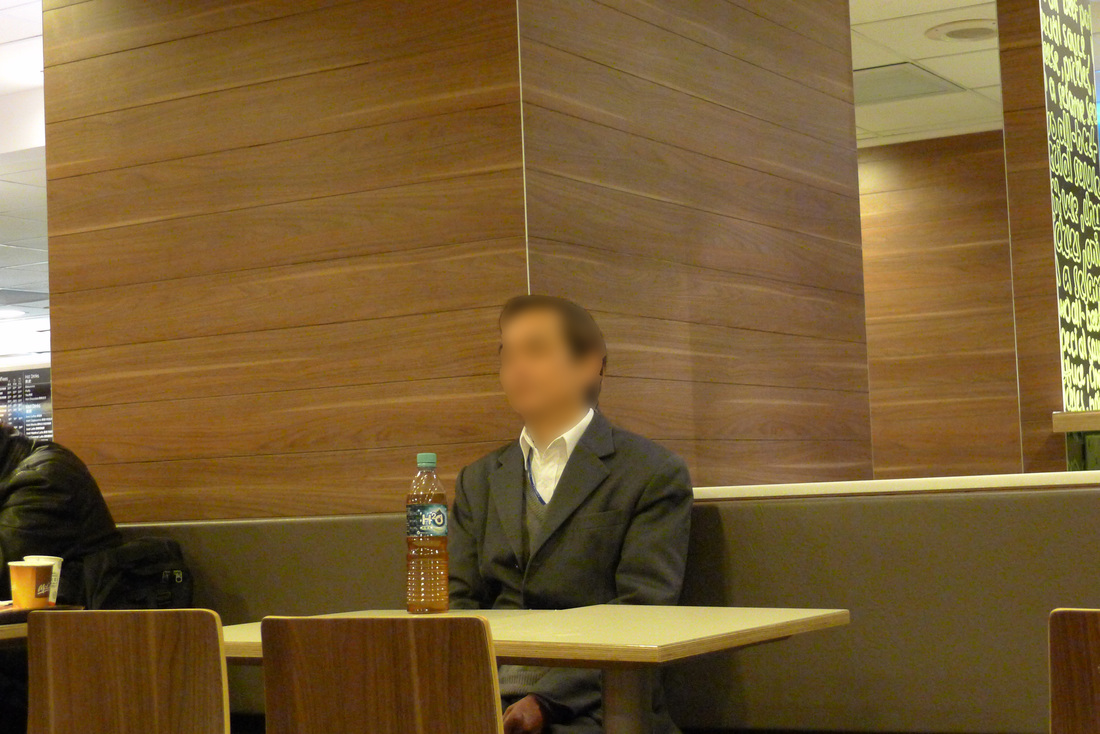


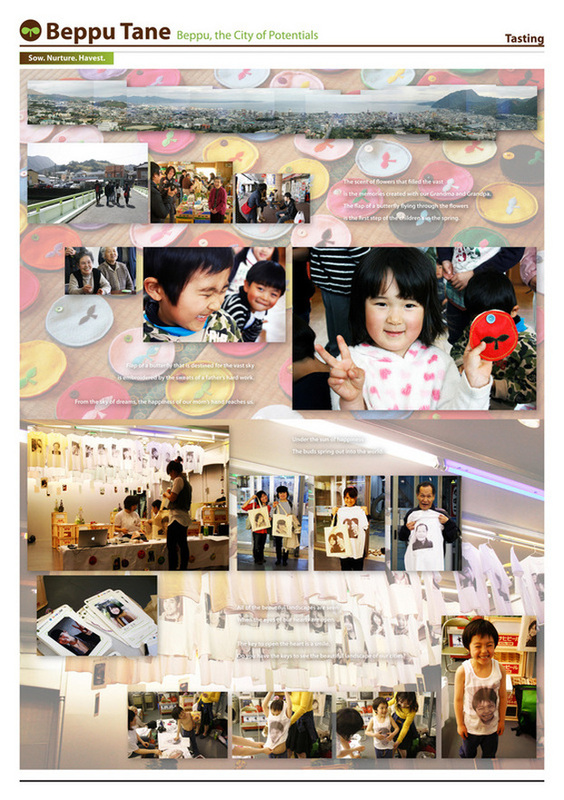
 RSS Feed
RSS Feed
